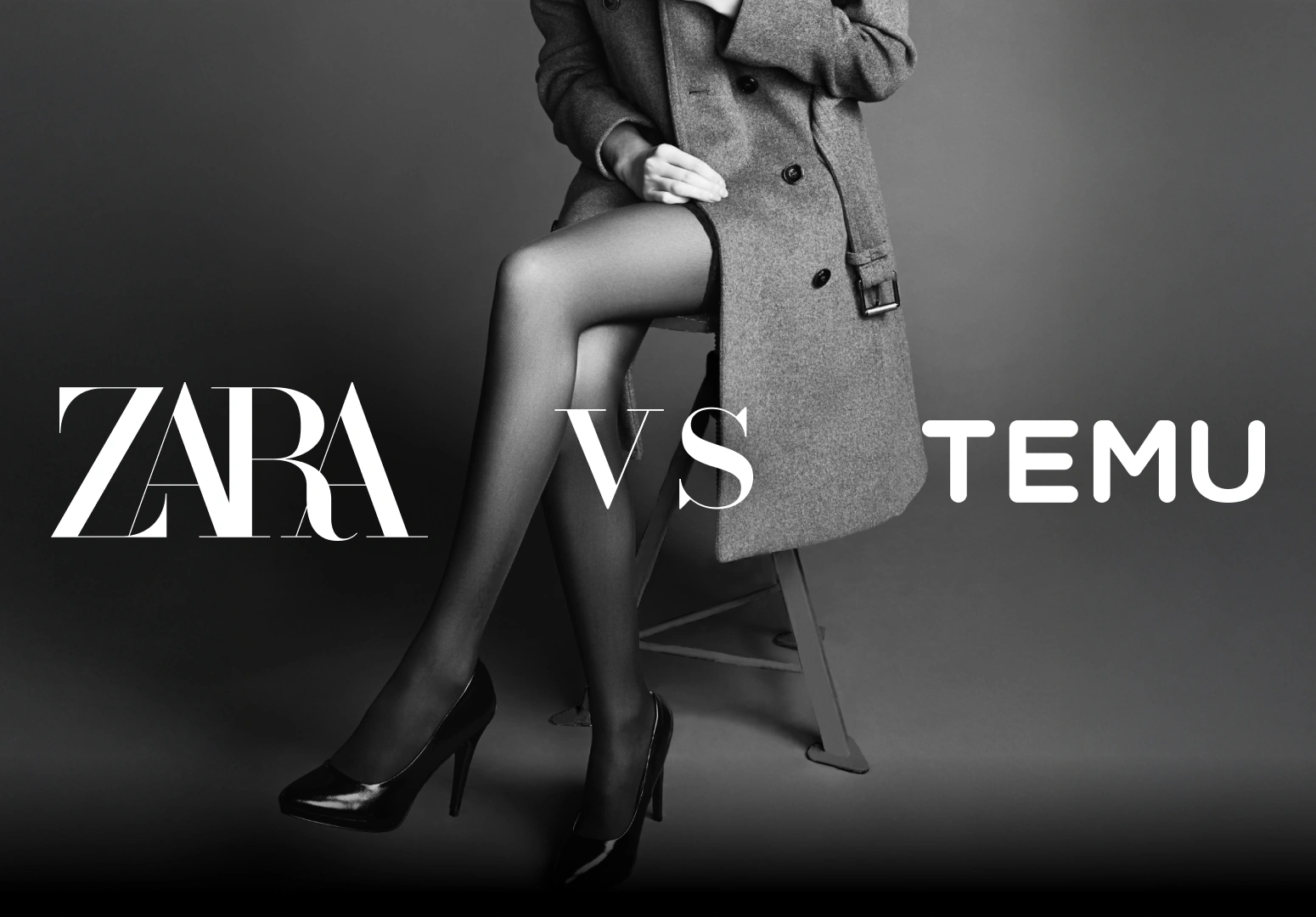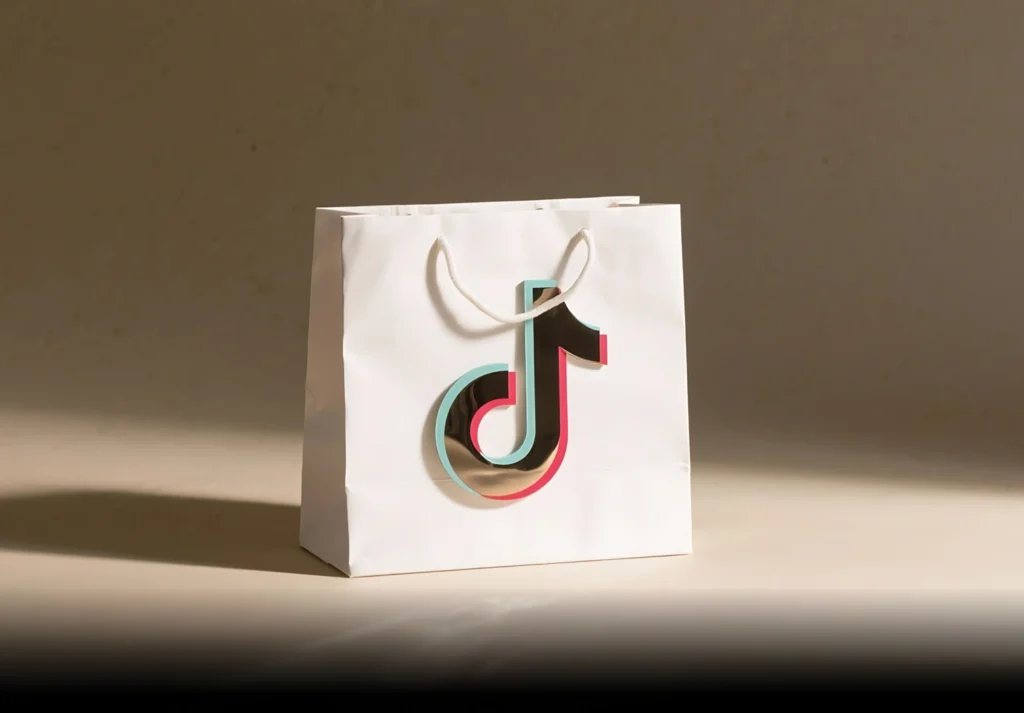The New Retail War: Value vs. Price
In recent months, a movement has caught the attention of the fashion and retail world: Zara has begun raising its prices.
In a market where giants like Temu, Shein, and other ultra–fast fashion platforms are gaining ground with almost unbeatable prices, Zara’s choice doesn’t seem intuitive. Yet that’s exactly where the strategy lies.
We’re witnessing a counterattack—but not through a price war. Zara has chosen to reposition itself.
Instead of competing on “who delivers more for less,” the brand is focusing on value perception, quality, and experience.
When a Price Increase Is Strategic (and Not Suicidal)
In 2024, a McKinsey study revealed that brands which raised their prices while clearly improving customer experience and perceived value managed to grow above market average.
Zara appears to be following that playbook by:
– Investing in more sophisticated store design;
– Expanding its portfolio with premium fabrics;
– Adopting a more minimalist and aspirational visual identity;
– Strengthening its omnichannel experience;
– Launching smaller collections;
– Offering varied collections by store.
All these are signs of a deep repositioning: moving from being an accessible fashion brand to becoming an “affordable luxury” brand.
What Has Zara Understood That So Many Other Brands Haven’t?
Competing on price is like running on a treadmill—there will always be someone willing to charge less.
Temu, with its aggressive logistics model and scalable production, is forcing traditional brands to rethink their competitive foundations.
Zara decided to leave that game. Instead of playing on others’ terms, it raised the board.
It has chosen to differentiate through:
– Exclusive, timeless design;
– A smoother, more engaging shopping experience;
– Building a strong brand with clear, consistent values.
Is it a risky move? Absolutely.
But it may also be the only sustainable way to maintain profit margins, build loyalty, and survive in a market where competing on price alone is no longer viable.
A Real Example: Zara vs. Temu and the Simple White Shirt
Compare a white shirt from Temu with one from Zara’s new collection.
Both serve a purpose—but with very different propositions.
The Temu shirt costs €5, arrives in 10 days, and does the job.
The Zara shirt, meanwhile, offers a more refined cut, higher-quality fabric, a curated shopping experience, and packaging that communicates value.
A product isn’t just what you wear—it’s how it makes you feel.
And that feeling stays in memory, encouraging repeat purchases
3 Lessons for Brands Looking to Reposition
- Repositioning requires delivery: Raising prices without clearly improving what customers receive is pointless.
- Experience matters: In mature markets, the buying experience can be as important as the product itself.
- Brand is memory: People remember how they felt. Every touchpoint should reinforce the new value proposition.
Data That Reinforces the Trend
According to The State of Fashion 2024 by Business of Fashion and McKinsey:
- 67% of consumers say they’re willing to pay more for brands that provide memorable experiences.
- Brands that invested in more sophisticated store design increased average transaction value by up to 24%.
- Demand for “affordable luxury” grew 38% in 12 months, especially among consumers aged 30 to 45.
- 53% of consumers prefer brands that demonstrate consistency between what they say and what they deliver.
This shows it’s not just about perception—there’s measurable consumer behavior supporting the willingness to pay more when value is felt.
The Impact Across Other Sectors
What Zara is doing can already be seen in other industries.
Brands in coffee, cosmetics, tech, and education are also shifting from a low-price narrative to a higher-value proposition.
Today’s consumer seeks more than just products—they want meaning, identity, and experiences that justify their investment.
Companies that deliver this gain market share, loyalty, and true differentiation.
Those clinging to volume and discount logic become increasingly replaceable.
Competing on Value: A Strategic and Urgent Choice
Zara realized that competing with Temu on price is a dead end.
By repositioning, it proves there’s another path: strengthen the proposition, elevate the experience, and win through perceived value.
In a saturated market, the leaders aren’t those who shout the loudest, but those remembered for what they deliver.
Delivering consistent value is what separates brands that merely survive from those that grow with relevance.
If this article inspired you to rethink your brand’s positioning, share it with other professionals who need to break free from the comfort of inertia—and start acting with intention.
Further Reading:


